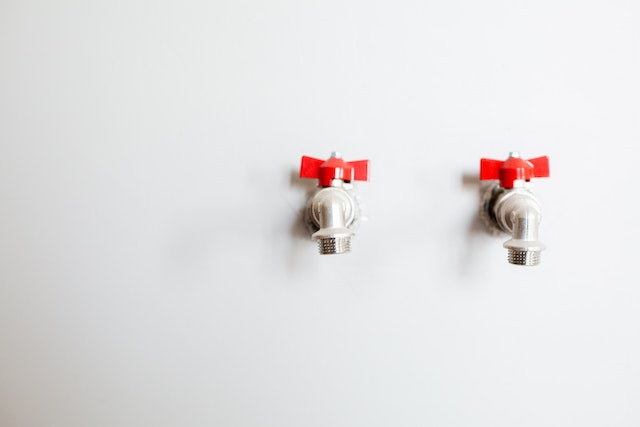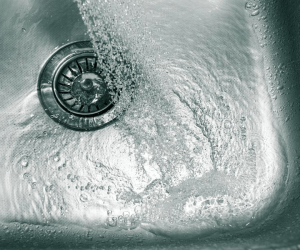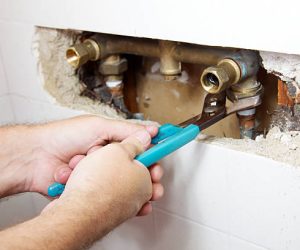
Plumbing technology has assumed a prominent role in today’s quickly developing home renovation industry, ushering in a new era of sustainability and efficiency. Homeowners can now use the power of cutting-edge plumbing technologies to lower their water consumption by at least 20%, according to statistics from the Environmental Protection Agency.
In this article, we examine the game-changing technologies that are redefining how we use and conserve water.
On-demand heaters
On-demand heaters, often known as tankless water heaters, have grown in popularity and rightly so. According to the U.S. Department of Energy, these technologies can help households save their annual energy bills by $500 on average.
Tankless heaters heat water as it passes through the appliance at a rate of 2 to 5 gallons per minute, in contrast to their conventional equivalents, which may store up to 80 gallons of heated water. As there is no need to keep unused water hot, this method reduces energy waste.
Additionally, compared to a maximum of 15 years that storage water heaters typically last, tankless water heaters can have twice the lifespan, saving you money for years to come.
Pumps for Recirculation of Hot Water
The inefficient process of circulating cold water through pipes until it reaches the desired temperature is eliminated with hot water recirculation pumps. Instead, when needed, these pumps offer almost immediate access to hot water.
Plumbers are able to install this technology on storage tank and tankless water heaters, as well as, in some situations, close to faucets. Pumps with timers let owners plan shut-offs, ensuring hot water is available when it’s most needed. By keeping unused hot water in the tank, this strategy also avoids needless water waste.
Modern Faucets
Voice-activated faucets, previously thought to be cutting edge, have become standard in contemporary homes. Homeowners can choose from a wide range of hands-free options for their bathroom and kitchen fixtures.
These faucets are controlled by digital voice assistants and give the right amount of water at the right time without the need to physically touch the handles. In addition, touchless faucets with motion sensors are widely available for home usage whereas they were previously only used in business settings.
Smart Irrigation Systems
Intelligent sprinkler systems are replacing conventional sprinkler systems for irrigation of gardens and lawns that rely on fixed timers. Today’s smart sprinkler controllers combine sensor data and weather predictions to supply water exactly when it is needed.
When using this technology, homeowners should take into account elements like the type of irrigation system they have and the number of zone configurations necessary. Homeowners must match their choice of smart sprinkler controller with their irrigation requirements and watering schedules because different models come with different capabilities.
Intelligent Water Heaters
According to the US Department of Energy, a residence uses 20% of its energy for water heating. This makes it a top candidate for energy-saving measures. To avoid wasting energy heating water while no one is home, smart water heaters can be remotely controlled.
The water heater is always available when it’s needed thanks to this technologically advanced plumbing equipment, which also take advantage of consumption trends and water temperature data. There are smart devices made for simple installation that are available to homeowners who want high-tech plumbing and heating features on their current water heaters.
Smart showerheads
Modern plumbing utilizes smart shower heads that offer simplicity and personalization to improve the showering experience. To start or end a shower, these intelligent shower systems react to voice instructions or pre-programmed settings. Users can adjust the steam and water functions to their personal liking.
These showerheads prioritize energy-saving features above opulence, slowing the flow of water as the user walks away or allowing it to stop. Some gadgets even keep track of water usage, which provides useful information.
Recycling of Greywater
The Environmental Protection Agency’s water usage figures show that around 70% of a building’s water use is classified as greywater, making it a significant resource.
Greywater plumbing systems successfully reduce water waste by capturing water from sources like tubs and washing machines. They then clean or filter it, and reuse it for purposes like toilet flushing, cleaning, or irrigation of plants.
Specialized Software for Plumbing
Available specialized software solutions make it easier to schedule jobs, manage client information, estimate project costs, keep track of inventories, and communicate with customers.
With these capabilities, technicians have access to customer and equipment history, which speeds up project estimating and ensures smooth mobile tablet billing while maintaining contact with the office. The software also enables monitoring of team performance and real-time work tracking.
Modern Restrooms
Even the most basic household appliances, like toilets, have seen tremendous improvement. Water-saving smart toilets with features like automatic opening, flushing, and cleaning have become a reality thanks to advances in plumbing technology.
For improved comfort, hygiene, and water saving, these toilets have heated seats, air drying, and motion-activated night lights.
Water Filtration with Wi-Fi
Whole-house water filtration systems equipped with cutting-edge plumbing technology enable homeowners to keep an eye on their water usage and get real-time smartphone alerts for leaks or running faucets. With a Wi-Fi signal at the filter position, these systems offer remote water shut-off from any place.
Customers expect plumbers to stay on top of the most recent technical advances as the plumbing industry develops, particularly those that support energy efficiency and cost savings.
These improvements in plumbing technology support the rising understanding of the importance of wise water use while simultaneously enhancing convenience and promoting environmental sustainability.



